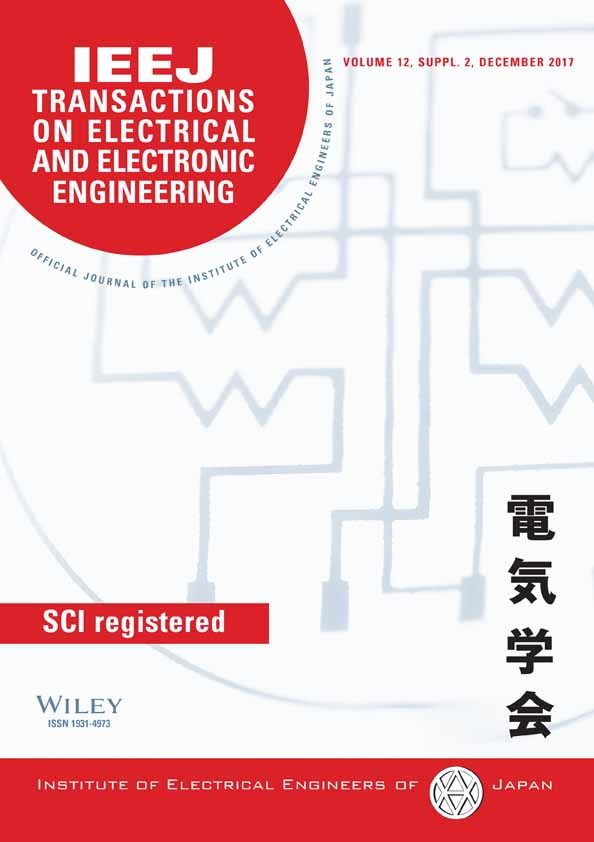Position adjustment method and distance estimation method of magnetic field supply and detection unit for magnetic hyperthermia
Abstract
In magnetic hyperthermia, the temperature and localization of a ferromagnetic implant in a tumor region is vital in determining the effectiveness of therapeutic heating. We have developed a noninvasive wireless temperature measurement method by utilizing the magnetic permeability property of a ferromagnetic implant with low Curie temperature (FILCT) that varies with the temperature. In clinical settings, when the FILCT is injected into a tumor region, the position of the FILCT is expected to deviate from the central axis of the heating coil (drive coil). When it deviates, the magnetic flux density applied to the FILCT decreases, thus causing difficulty in detecting the temperature of FILCT via a pickup coil and heating of the FILCT at a constant treatment temperature. Therefore, to adjust the magnetic field supply and detection (MFSD) unit to be directly above the FILCT, we propose a position adjustment method by referring to three voltages induced in three pickup coils symmetrically installed inside the drive coil. By using the average value of the three voltages, we also propose a method to estimate the distance between the MFSD unit and the FILCT, which is required for wireless thermometry and determination of the optimal energy applied. The proposed methods are experimentally examined by a verification system.




